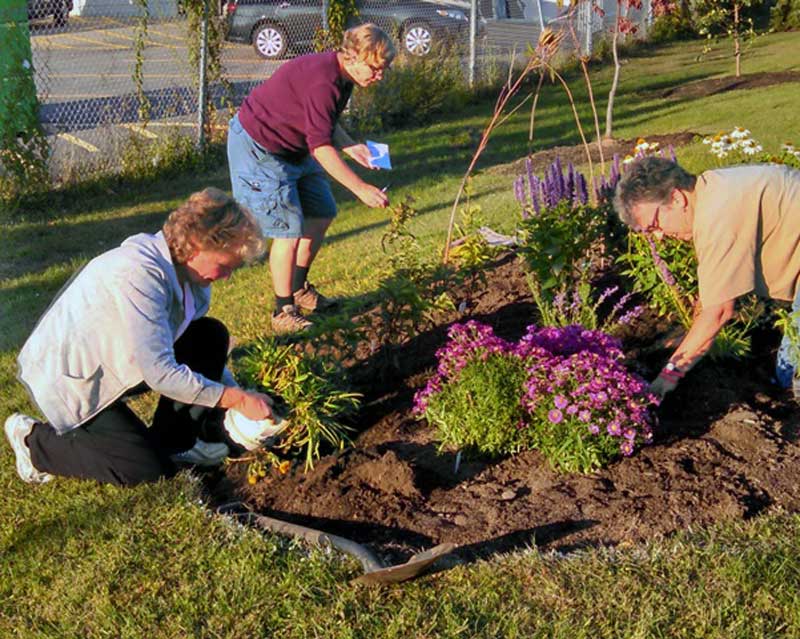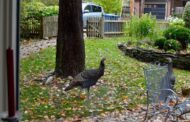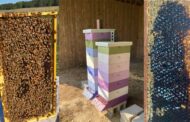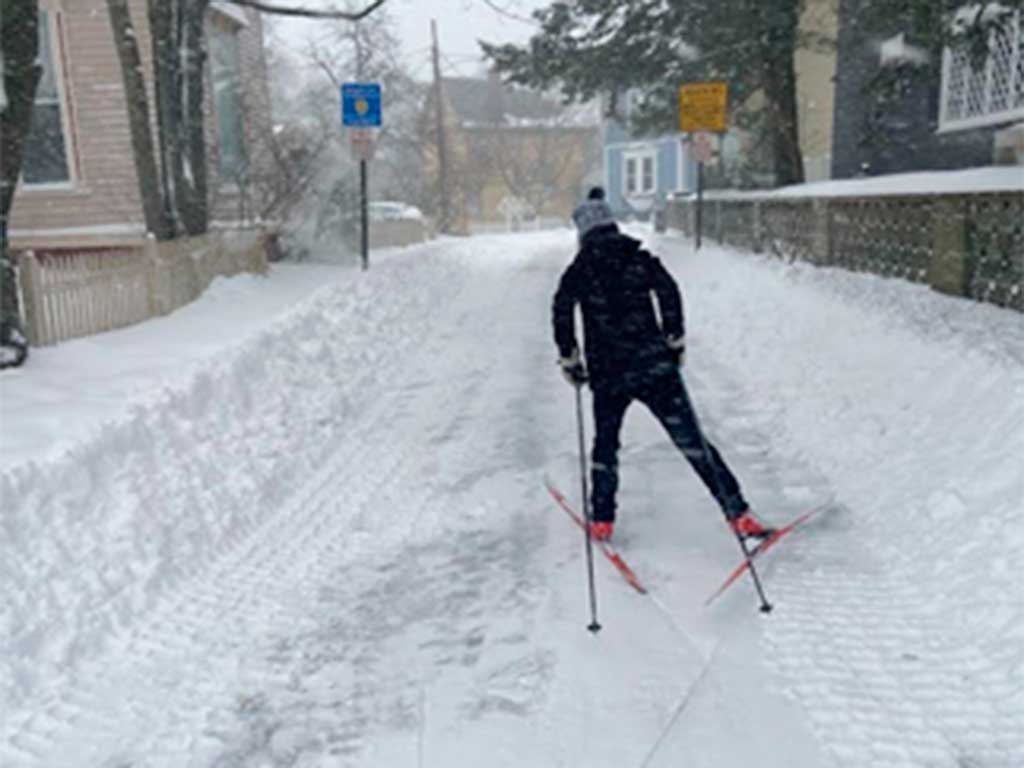
ECOSYSTEMS TO NOURISH US
This month, we look at One Climate Future’s fifth Big Move — our ecosystems.

One Climate Future wants to protect and nourish ecosystem health, economic health, and community health in tandem. Natural resources are our biggest asset in facing climate change. Some of the elements considered:
OPEN SPACE PLANNING
Make better use of what we have and sequester carbon, absorb stormwater, and cool air temperatures — among other things, such as improve soil health, preserve and/or expand forests and wetlands, plant more trees, and facilitate species survival by connecting patches of habitat.
COOLING CAPACITY
The cumulative effect of asphalt, concrete, and brick causes urban areas to be warmer than natural, living areas. “Cooling capacity” can be augmented by protecting and expanding green spaces as well as improving the design of living spaces. Tree canopy can be expanded. Parks can be better distributed and designed with places to splash and cool-off. Improved insulation, air source heat pumps, and shading south-facing windows of interior spaces can be incentivized.
FOOD SYSTEMS
Although many of our residents work in the food industry, 90% of our food comes from out of state. To ensure reliable food supplies, local food production must be encouraged. Among other things, we need to expand the network of community gardens and provide more opportunities (markets) for farmers and fishermen to sell their products.
GREEN INFRASTRUCTURE
A method for managing stormwater at its source using plants and small-scale systems to treat water such as rain gardens, street trees, green roofs, gravel wetlands, and infiltration trenches. Green infrastructure helps to restore the natural hydrology by allowing water to soak into the ground.
Managing excess amounts of stormwater can be a major problem. With 32% of city land covered with impervious surfaces (buildings, parking lots, streets, driveways, alleys, and sidewalks), run-off is a challenge in big storms, contributing to localized flooding and water pollution.
Property owners could work together to achieve climate resilience through projects that improve stormwater infiltration. Consider rain-scaping installations such as rain gardens, downspout planters, and de-paving projects.
SOIL HEALTH
As critical support for ecosystems, good soils buffer and purify pollutants, and have enormous potential for sequestering carbon while supporting plant growth. OCF emphasizes this with its “100 Resilient Lawns” proposal to use healthy soil to transform homescapes.
BRIGHT IDEA(S): Follow the Sierra Club’s Path to Carbon-Positive Landscaping
- Use the free carbon calculator at climatepositivedesign.com/pathfinder to conduct an audit.
- Opt for a permeable paving system that holds gravel in place (truegridpaver.com).
- Rethink the high maintenance lawn by using stepables.com.
- Plant trees. The bigger, the better. Check out design.itreetools.org.
- Research native flora at plantnative.org.
- Skip commercial fertilizers in favor of slow-release compost.
- Make a sweeping change by ditching the noisy, energy-eating leaf blower for a heavy-duty garden and garage broom.
(Thanks to Sierra magazine March/April 2021)
Access the full draft of the OCF plan at www.oneclimatefuture.org under “Reports.”
Bright Ideas is brought to you by Portland Climate Action Team which, during the pandemic, meets online the 4th Thursday of the month, 6-7:30 PM. All are welcome to join in. FMI: portlandclimateaction@gmail.com.





